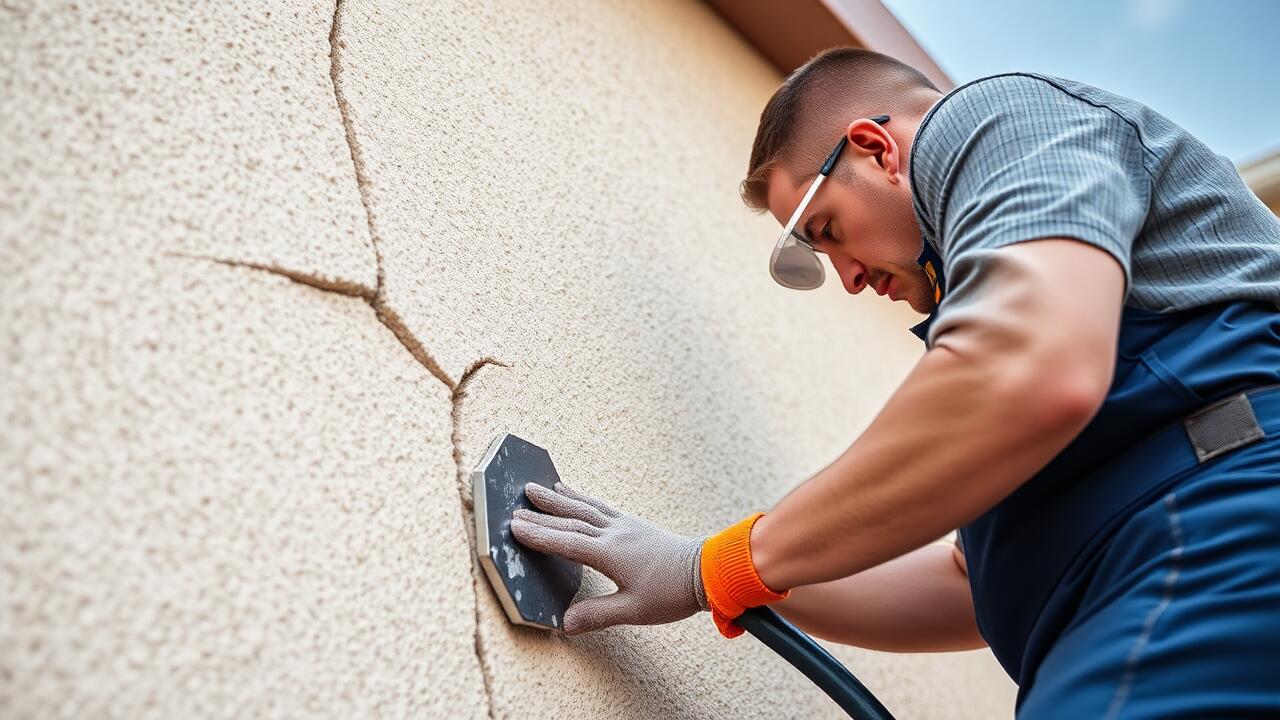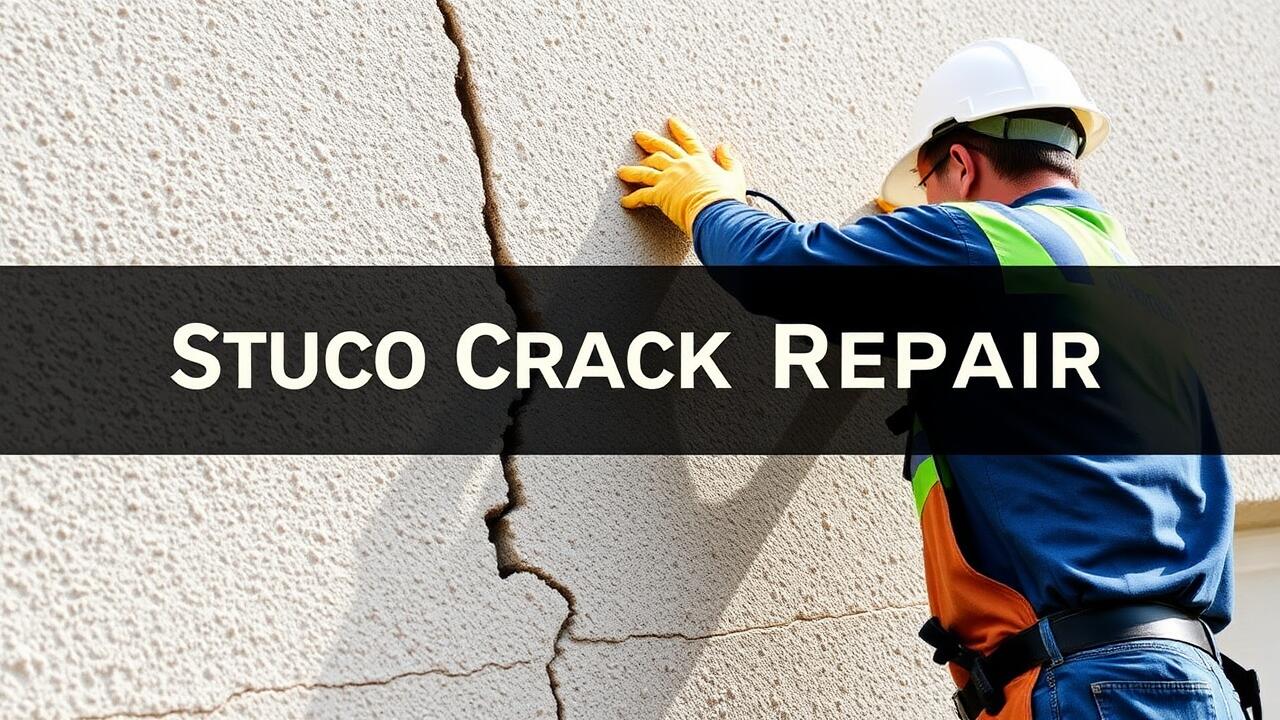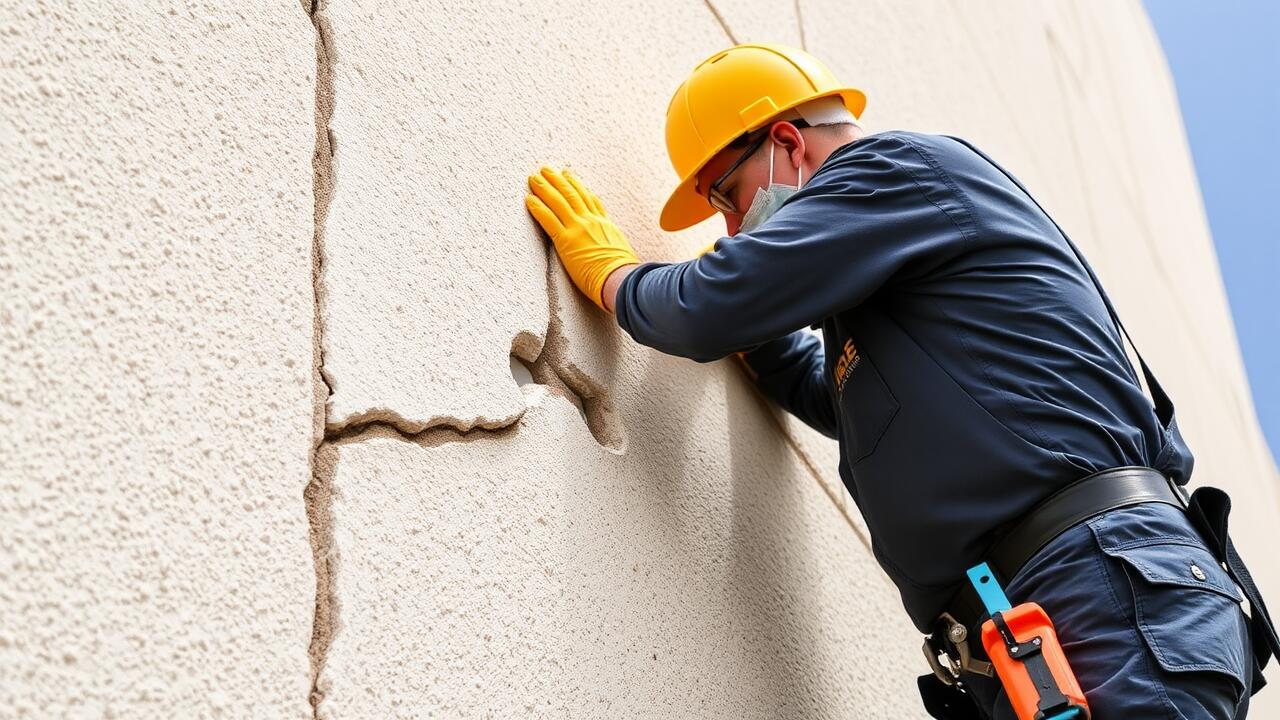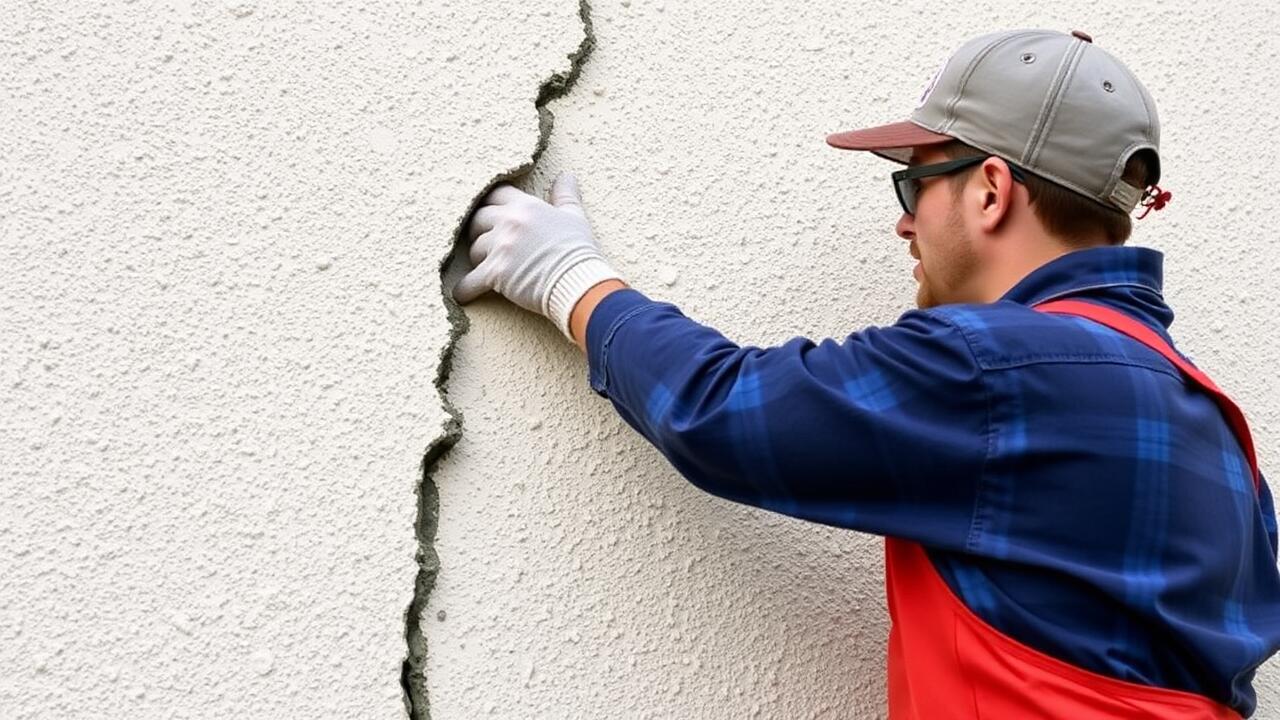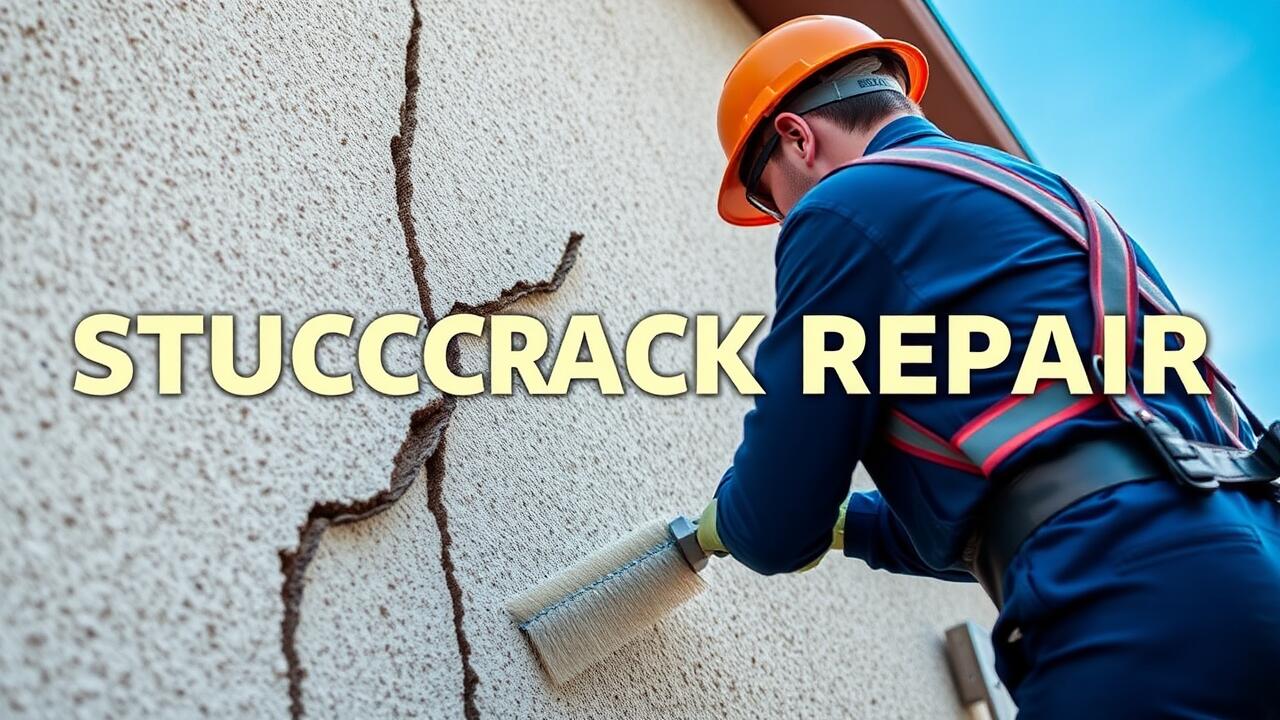
Moisture Management
Moisture management plays a crucial role in maintaining the integrity of stucco surfaces. Excess moisture can penetrate stucco, causing it to expand and contract, which may lead to cracking over time. Proper landscaping and the use of proper drainage systems are essential to divert water away from stucco exteriors. It is important to ensure that gutters and downspouts are functioning correctly to prevent water accumulation at the base of walls.
Routine inspection of stucco for signs of moisture intrusion can help identify potential issues early. Homeowners should address any cracks or gaps promptly to prevent further damage. In cases where extensive damage occurs, searching for "Stucco Crack Repair near me" can provide local professionals who specialize in restoring the surface and ensuring effective moisture management. Regular maintenance can significantly extend the life of stucco and minimize costly repairs.
The Role of Drainage in Preventing Cracks
Proper drainage plays a crucial role in maintaining the integrity of stucco surfaces. When water accumulates around the foundation or against the stucco walls, it creates pressure that can lead to cracks. Effective drainage systems divert water away from the structure, ensuring that moisture does not penetrate the stucco. Keeping gutters, downspouts, and drainage pathways clear reduces the risk of water damage significantly. Installing drainage systems during construction can prevent many of these issues from arising in the first place.
Homeowners should regularly inspect their drainage systems to ensure they function correctly. During heavy rainfall, inadequate drainage can lead to pooling water that puts stress on the stucco. This can result in both superficial and structural damages, necessitating professional intervention like "Stucco Crack Repair near me." Routine maintenance checks, including ensuring that landscape features promote proper water flow, can greatly enhance the longevity of stucco exteriors and prevent costly repairs down the line.
Temperature Fluctuations
Temperature fluctuations can have a significant impact on the integrity of stucco surfaces. As temperatures rise and fall, the material undergoes expansion and contraction, leading to stress that can cause cracks over time. This is particularly true in areas with drastic temperature swings, where the structural integrity of the stucco may be compromised more quickly than in climates with stable temperatures. Homeowners should monitor these changes as part of regular maintenance to prevent more severe damage.
If cracks do develop, it is crucial to address them promptly to avoid further deterioration. Searching for "Stucco Crack Repair near me" can connect homeowners with local experts who can assess the damage and recommend appropriate repair solutions. Taking proactive measures can help preserve the aesthetic and functional qualities of stucco surfaces, even in regions subject to significant temperature changes.
Effects of Thermal Expansion and Contraction
Temperature fluctuations can significantly impact the integrity of stucco surfaces. As temperatures rise, stucco expands. The material contracts when temperatures drop. This continuous cycle of expansion and contraction can create stress within the stucco exterior, leading to cracks. Over time, even small movements can accumulate, resulting in noticeable damage that can affect both aesthetics and the structural stability of the building.
Homeowners facing these issues may find themselves searching for "Stucco Crack Repair near me." Addressing cracks promptly is crucial for preventing further deterioration. Ignoring the effects of thermal expansion and contraction can lead to more extensive repairs, increased costs, and potential water infiltration. Regular inspections and timely interventions can help mitigate these risks, ensuring a lasting and visually appealing stucco finish.
Inadequate Maintenance
Neglecting regular maintenance can significantly impact the integrity of stucco exteriors. Cracks and chips may develop due to the accumulation of dirt, debris, and moisture. These elements can compromise the protective coating of stucco. Without timely intervention, small issues can exacerbate, leading to more extensive damage that requires costly repairs or replacement.
Homeowners should prioritize routine inspections and upkeep to prevent deterioration. Simple tasks such as washing the surface and checking for signs of damage can extend the lifespan of stucco. When issues arise, seeking professional help is important. Searching for “Stucco Crack Repair near me” can connect homeowners with experienced specialists equipped to address maintenance needs effectively.
Routine Care to Extend Stucco Lifespan
Regular maintenance of stucco surfaces is essential for preventing structural issues over time. Simple practices, such as routine inspections for cracks or damage, can help homeowners identify problems early. Keeping the surface clean and free from debris prevents moisture buildup, which often leads to cracks. When dirt and organic materials accumulate, they can trap moisture and accelerate deterioration.
If you notice any signs of wear or damage, addressing them promptly is crucial. Hiring professionals for tasks like sealing cracks or applying a fresh coat of paint can significantly prolong the life of your stucco. Residents often search "Stucco Crack Repair near me" to find local experts who can provide necessary services. Maintaining stucco not only enhances its appearance but also protects the underlying structure from further damage.
FAQS
What are the main factors that lead to structural cracks in stucco?
The main factors include moisture management issues, temperature fluctuations, and inadequate maintenance of the stucco surface.
How does moisture affect stucco and lead to cracks?
Excess moisture can lead to swelling and deterioration of the stucco material, causing it to crack. Proper drainage and moisture management are essential to prevent this issue.
What role does drainage play in preventing stucco cracks?
Effective drainage systems help direct water away from the stucco surface, reducing the risk of moisture accumulation that can lead to cracks.
How do temperature fluctuations cause cracks in stucco?
Temperature changes can cause thermal expansion and contraction in stucco, leading to stress and eventual cracks if the material cannot accommodate these movements.
What maintenance practices can help prevent cracks in stucco?
Routine care such as cleaning the surface, inspecting for damage, sealing cracks promptly, and ensuring proper drainage can extend the lifespan of stucco and prevent structural cracks.
